The Art of Homemade Ice Cream: Insights and Answers
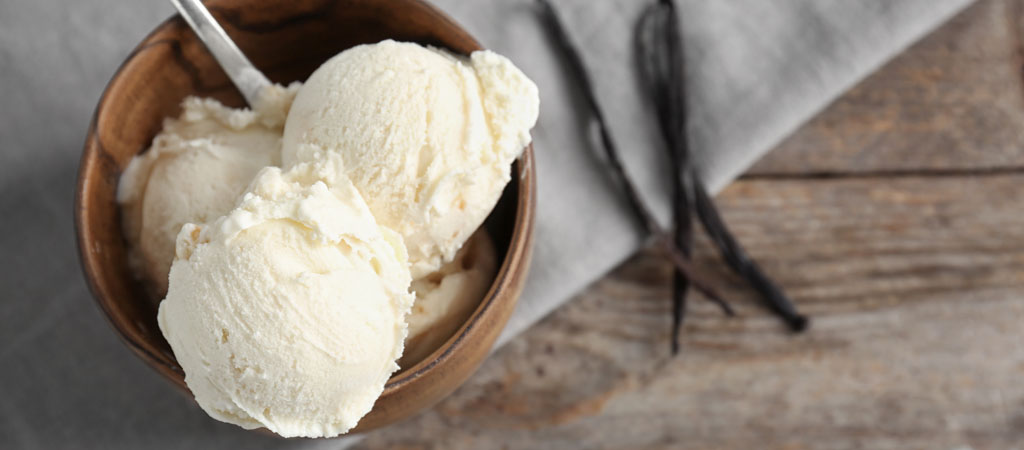
Few things are as satisfying as savoring a spoonful of creamy, homemade ice cream. Whether you're a seasoned ice cream enthusiast or a curious novice, making your own ice cream at home is an enjoyable and rewarding experience. Coming off national ice cream day and this week being what we are deeming ‘ice cream week’, we wanted to share some insight into crafting delectable frozen treats right in your kitchen. In this comprehensive post, we'll answer some frequently asked questions and provide valuable insights into the world of homemade ice cream. So, dust off that ice cream maker and get ready to embark on a delightful journey of flavors and creativity!
1. Types of Vanilla Ice Cream: Vanilla, Vanilla Bean, and French Vanilla
Vanilla ice cream, despite its seemingly simple flavor, comes in various forms, each with its own unique characteristics. Let's uncover the differences among three popular variations: vanilla, vanilla bean, and French vanilla.
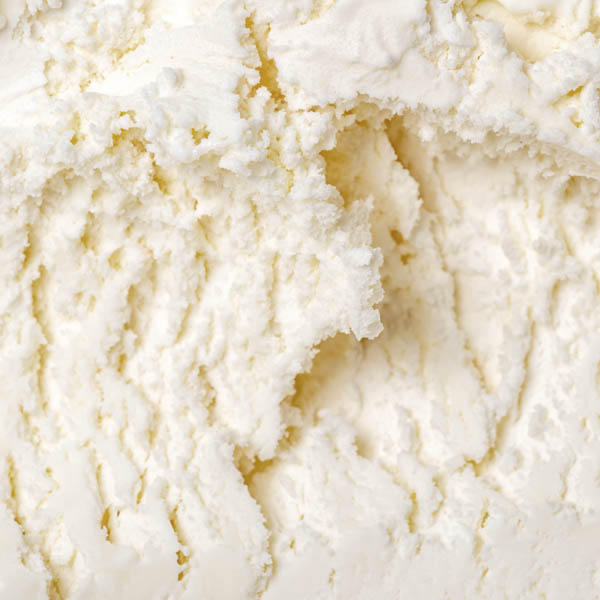
Vanilla Ice Cream:
The timeless classic that needs no introduction. Vanilla ice cream is traditionally flavored with pure vanilla extract, delivering a delicate and familiar taste loved by many.
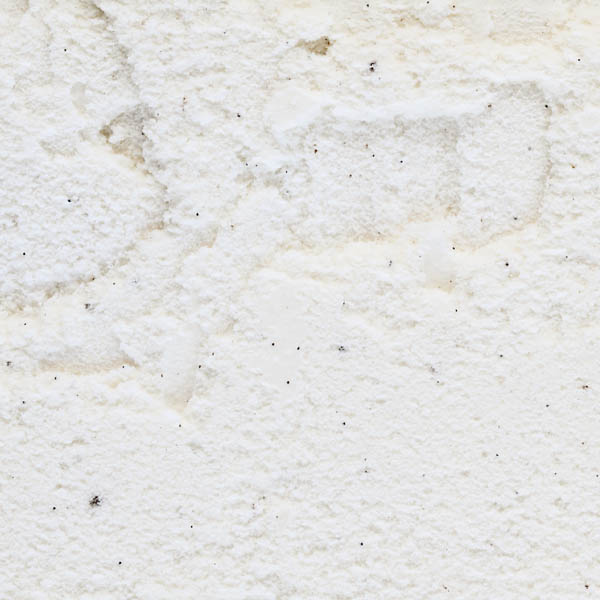
Vanilla Bean Ice Cream:
This variation takes the classic vanilla ice cream to the next level. Instead of relying solely on vanilla extract, vanilla bean ice cream incorporates real vanilla pods. The tiny dark flecks you see in this ice cream come from the seeds inside the vanilla pods. While these flecks do not significantly impact the flavor, they add an aesthetic charm, making each scoop a visual delight.
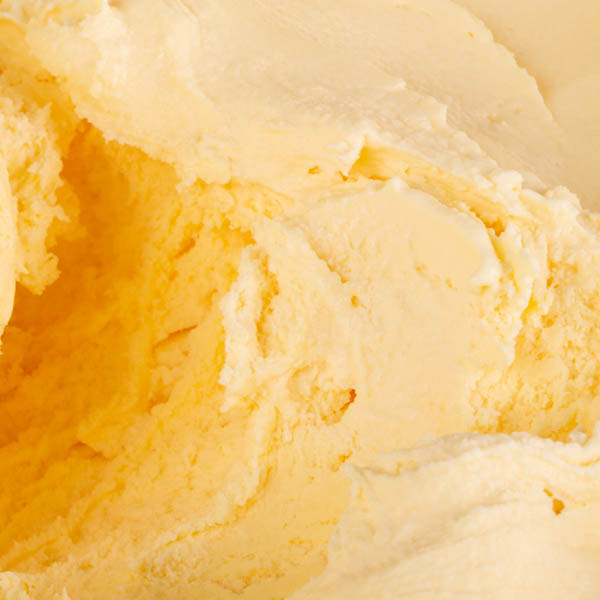
French Vanilla Ice Cream:
French vanilla ice cream is often misunderstood as a distinct type of vanilla. In reality, "French" in this context refers to a specific ice cream preparation method. French vanilla ice cream is made by infusing a custard base with egg yolks, resulting in a rich and velvety texture. The addition of egg yolks adds depth and complexity to the flavor profile, creating a luxurious ice cream experience.
2. Churn vs. No-Churn Ice Cream
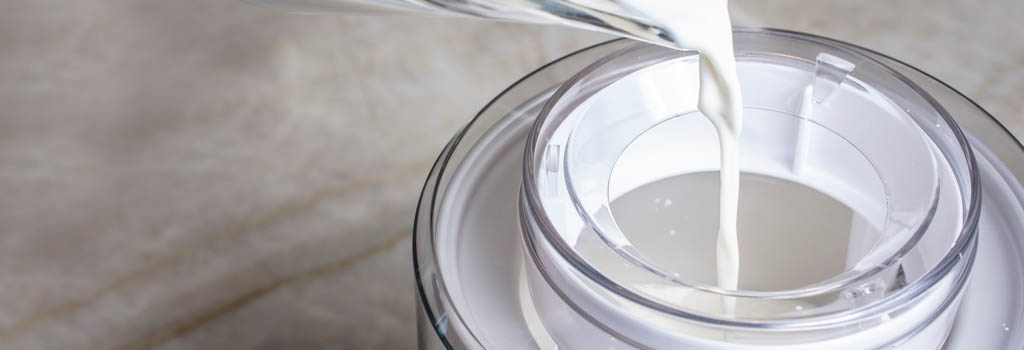
When it comes to making homemade ice cream, you have two primary methods at your disposal: no-churn and churn ice cream.
Churn Ice Cream:
- Requires an ice cream maker, either electric or hand-cranked.
- The ice cream base is churned while it freezes, incorporating air and resulting in a smoother texture.
- Churning promotes the formation of small ice crystals, giving churned ice cream its classic creamy consistency.
- Best suited for those who are dedicated to making ice cream regularly and are willing to invest in an ice cream maker.
No-Churn Ice Cream:
- No-churn ice cream doesn't require an ice cream maker; a regular freezer is sufficient.
- The base is typically made by whipping cream and combining it with sweetened condensed milk, along with desired flavorings and mix-ins.
- The whipping process introduces air into the mixture, yielding a light and creamy texture.
- No-churn ice cream recipes are often simpler and quicker to prepare, making them accessible to beginners or those without specialized equipment.
- Yields a slightly different texture compared to churned ice cream, but still incredibly delicious.
Both methods have their advantages, and the choice between churn and no-churn ice cream depends on your preferences, available equipment, and the level of convenience you seek.
3. Custard: The Role of Eggs

The distinction between custard and non-custard ice cream lies in the inclusion of eggs in the base mixture.
Custard Ice Cream:
- Custard ice cream, also known as French-style ice cream, incorporates egg yolks into the base.
- The addition of egg yolks contributes to a luscious and velvety texture.
- The eggs act as natural emulsifiers, creating a smooth and creamy consistency.
- Making custard ice cream involves cooking the mixture and carefully tempering the eggs to achieve the desired texture.
Non-Custard Ice Cream:
- Non-custard ice cream recipes skip the use of eggs in the base.
- The primary ingredients typically include cream, milk, sugar, and flavorings.
- Non-custard ice creams are simpler to prepare and generally have a lighter texture.
- While they may not possess the richness of custard ice cream, non-custard variations still offer delicious and refreshing frozen treats.
4. Thickening Agents: Achieving the Perfect Texture
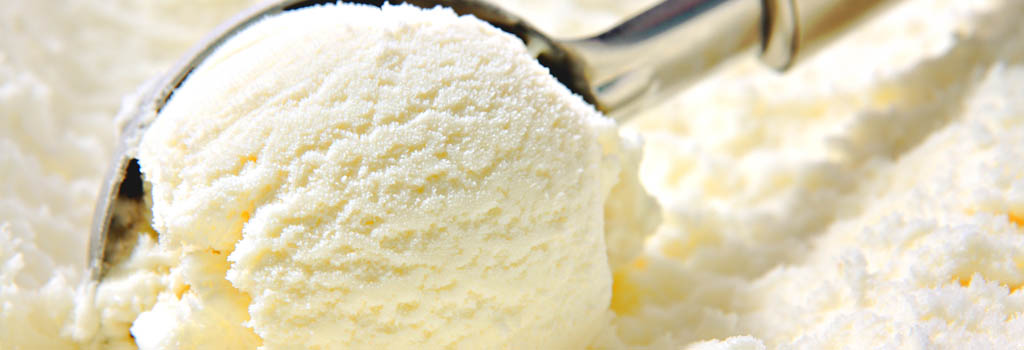
Thickening agents play a crucial role in ice cream making, ensuring a smooth and creamy consistency. Here are some common options:
Egg Yolks: The most traditional thickening agent, egg yolks contain natural proteins and fats that contribute to a rich and luxurious texture in custard-based ice creams.
Cornstarch: Often used in non-custard ice creams, cornstarch mixed with milk helps thicken the base and create a smooth mouthfeel.
Gelatin: Adding a small amount of gelatin to the ice cream mixture improves texture by reducing ice crystal formation and creating a smoother consistency.
Tapioca Starch: Similar to cornstarch, tapioca starch can be used as a thickening agent to achieve a creamy texture in non-custard ice creams.
Junket Tablets: Junket tablets, made with rennet, can also serve as a thickening agent for certain ice cream recipes. They add a unique texture to the ice cream base and are particularly popular in traditional homemade ice cream preparations.
Experimenting with different thickening agents allows you to tailor the texture and consistency of your ice cream to your preference.
Embarking on the journey of homemade ice cream making opens up a world of flavors and creativity. Whether you're captivated by the nuances of different vanilla variations, exploring the convenience of no-churn recipes, or savoring the indulgence of custard-based ice creams, there's something for everyone. Adding thickening agents, such as egg yolks, cornstarch, gelatin, tapioca starch, or even Junket tablets, enhances the texture and elevates the overall ice cream experience.
Remember, making homemade ice cream is as much an art as it is a science. Allow your taste buds to guide you, experiment with flavors, and don't be afraid to put your spin on classic recipes. So, roll up your sleeves, gather your ingredients, and embark on the delightful adventure of crafting your own frozen delights. Happy scooping and savor every creamy spoonful!



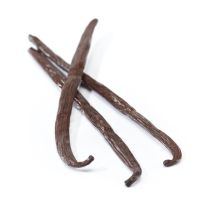
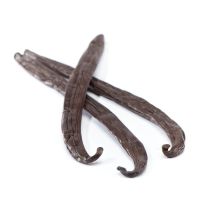
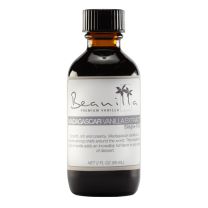
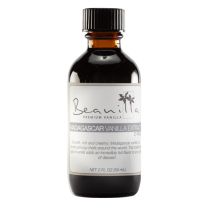
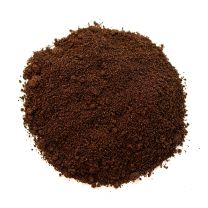
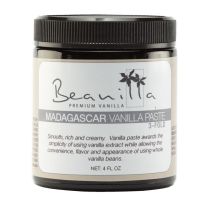
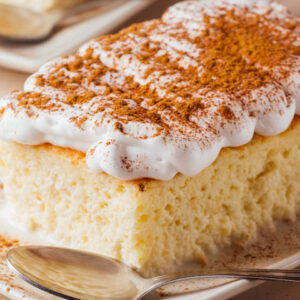
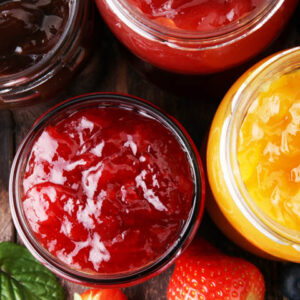
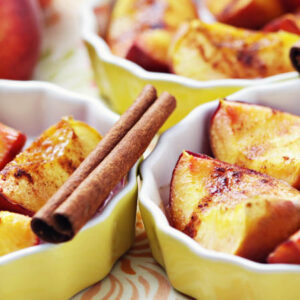

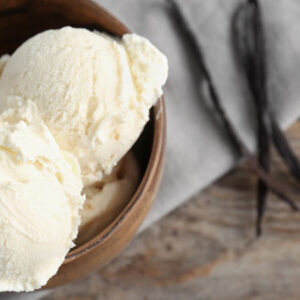

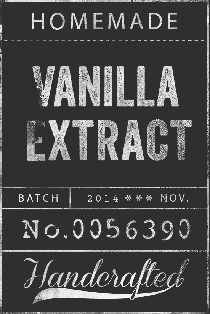
Share your thoughts, leave a comment